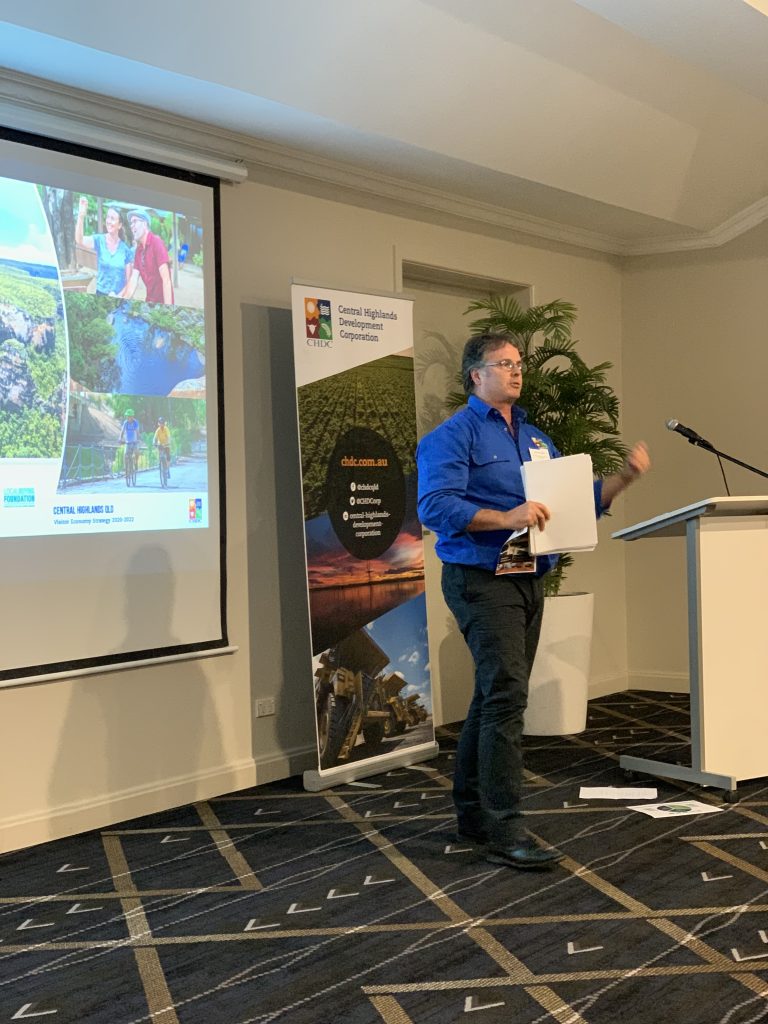A three-year vision to develop a thriving visitor economy for the Central Highlands has launched.
The Central Highlands Visitor Economy Strategy 2020-2022 sets out how the industry can collaborate to attract more overnight visitors, increase income across the year and enhance the desirability of the region for work and play.
It consists of six priority project activation plans, including creating a branding story, modernising the means of visitor engagement, developing tourism ‘experiences’, and working towards becoming an official RV Friendly region.
Tourism Development Coordinator Paul Thompson from the Central Highlands Development Corporation (CHDC) says it strikes the perfect balance of being both ambitious and achievable.
“This is a really exciting document because it’s come out of a shared belief in the industry’s potential and a shared drive to accelerate its growth,” Mr Thompson says.
“All the key stakeholders – local businesses, industry bodies, and government – have been involved in developing this plan from the start so there’s already a lot of motivation to work together to bring our collective
vision to fruition.”
Mr Thompson says the Strategy avoids focusing only on the traditional ‘leisure tourist’ and dedicated tourism operations.
“Many visitors to the Central Highlands are here for business or sporting events and they utilise a broad range of businesses that are not necessarily seen as ‘tourism’ operators,” he explains.
“This Strategy will help our region become more proactive and organised in catering for these visitors to enhance and extend their stay.”
The Strategy can be viewed here.
Using funding from the Local Buying Foundation, the Strategy was developed for CHDC by regional tourism consulting firm Tilma Group in consultation with stakeholders.
It was launched at last month’s Tourism and Events Forum in Emerald.
Tourism contributes over $235 million annual to the Central Highlands economy and is the region’s third highest employment sector.
- Visitor economy broadly refers to the production of goods and services for the consumption by leisure tourists, and people visiting friends or relatives or for business, sport, work, or education. It includes industries that directly serve them, such as hotels, transport providers, tour companies and attractions, as well as intermediaries and those involved indirectly such as retail and food production.

